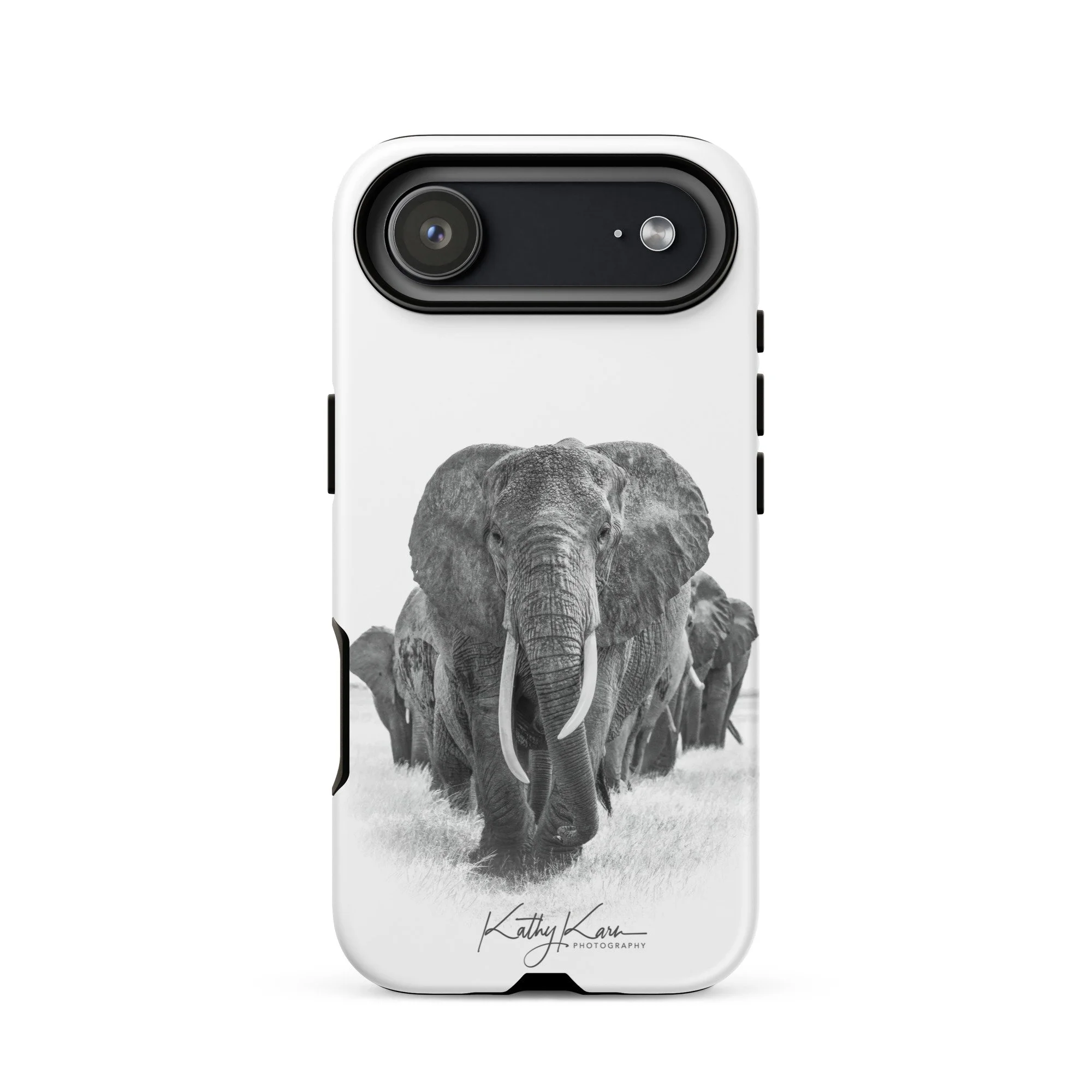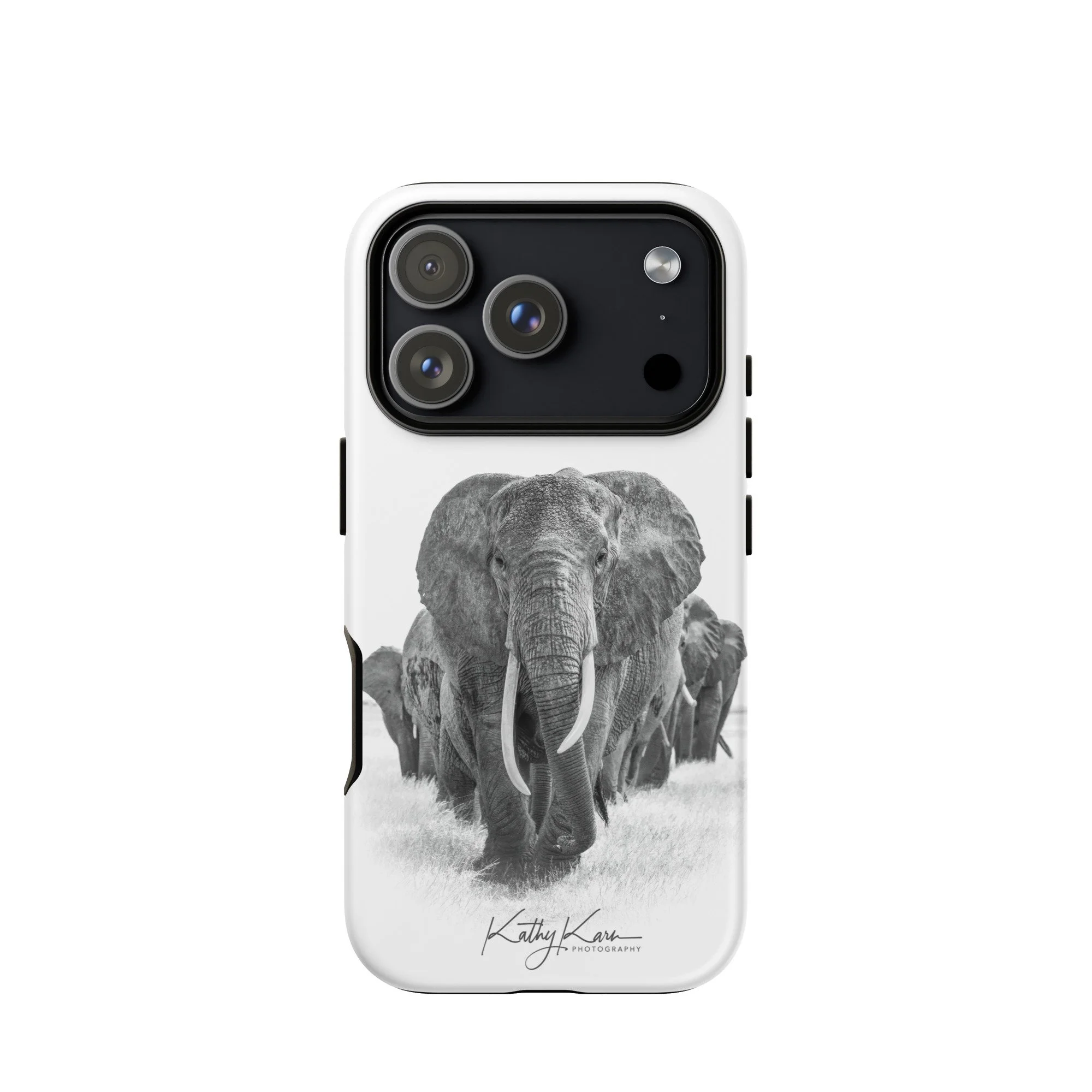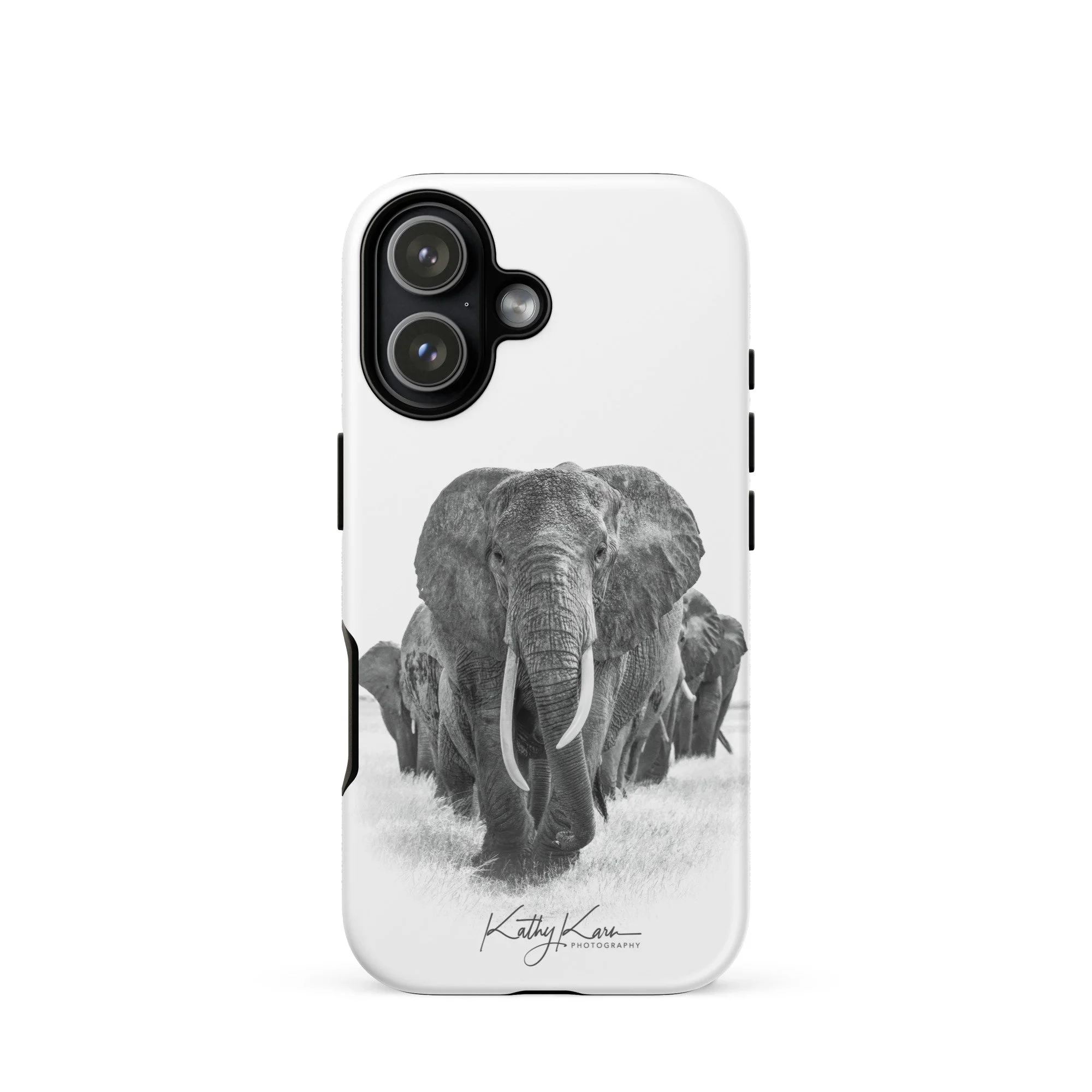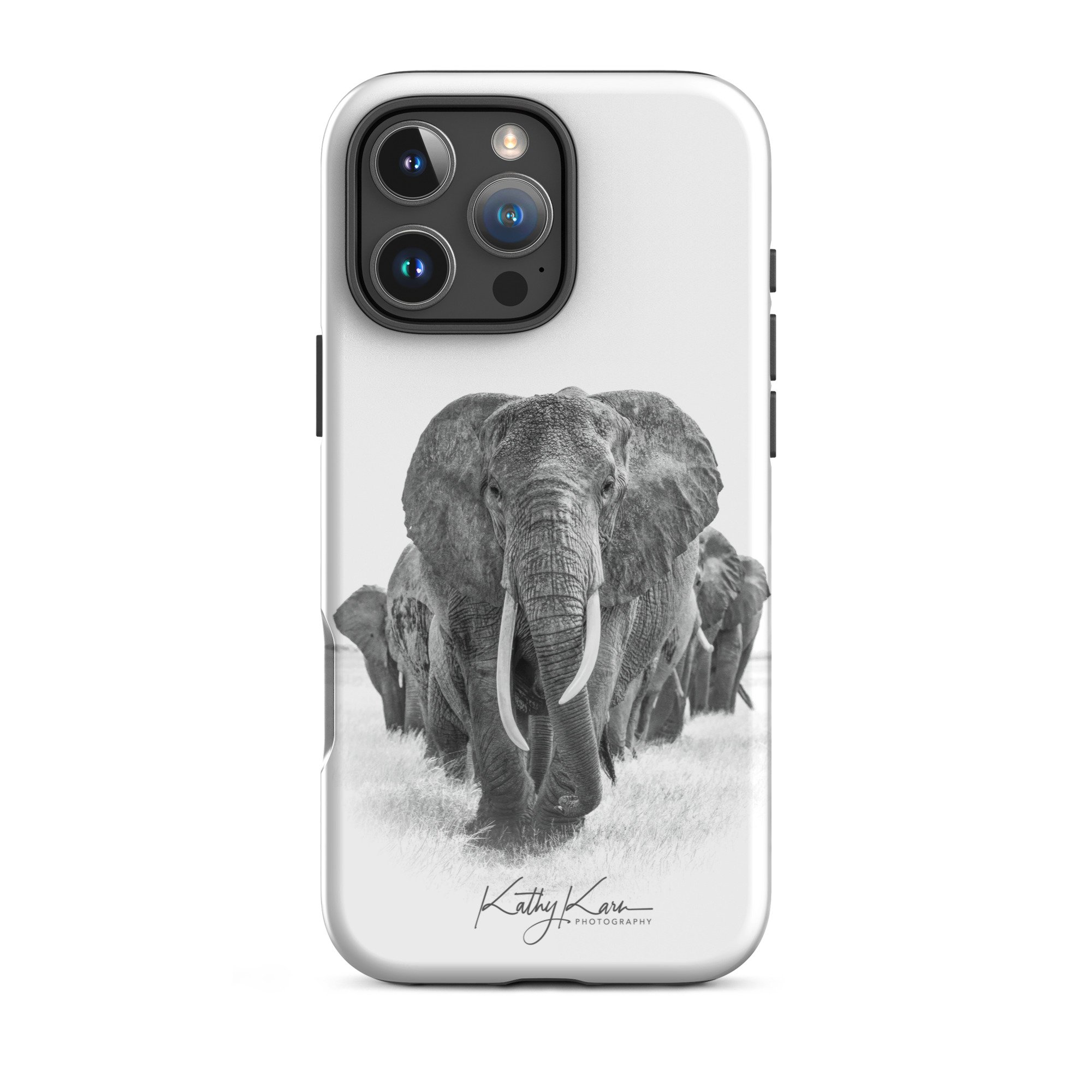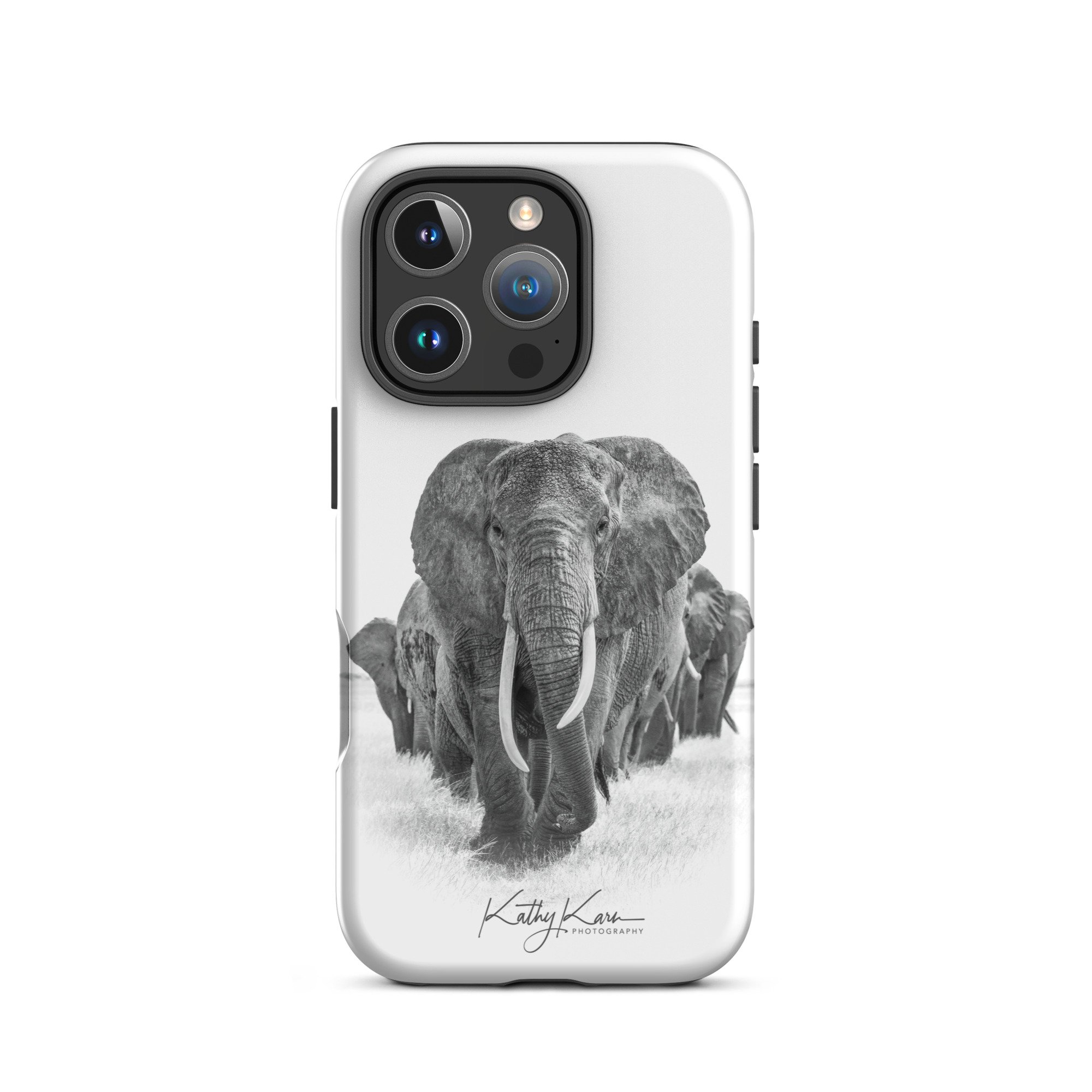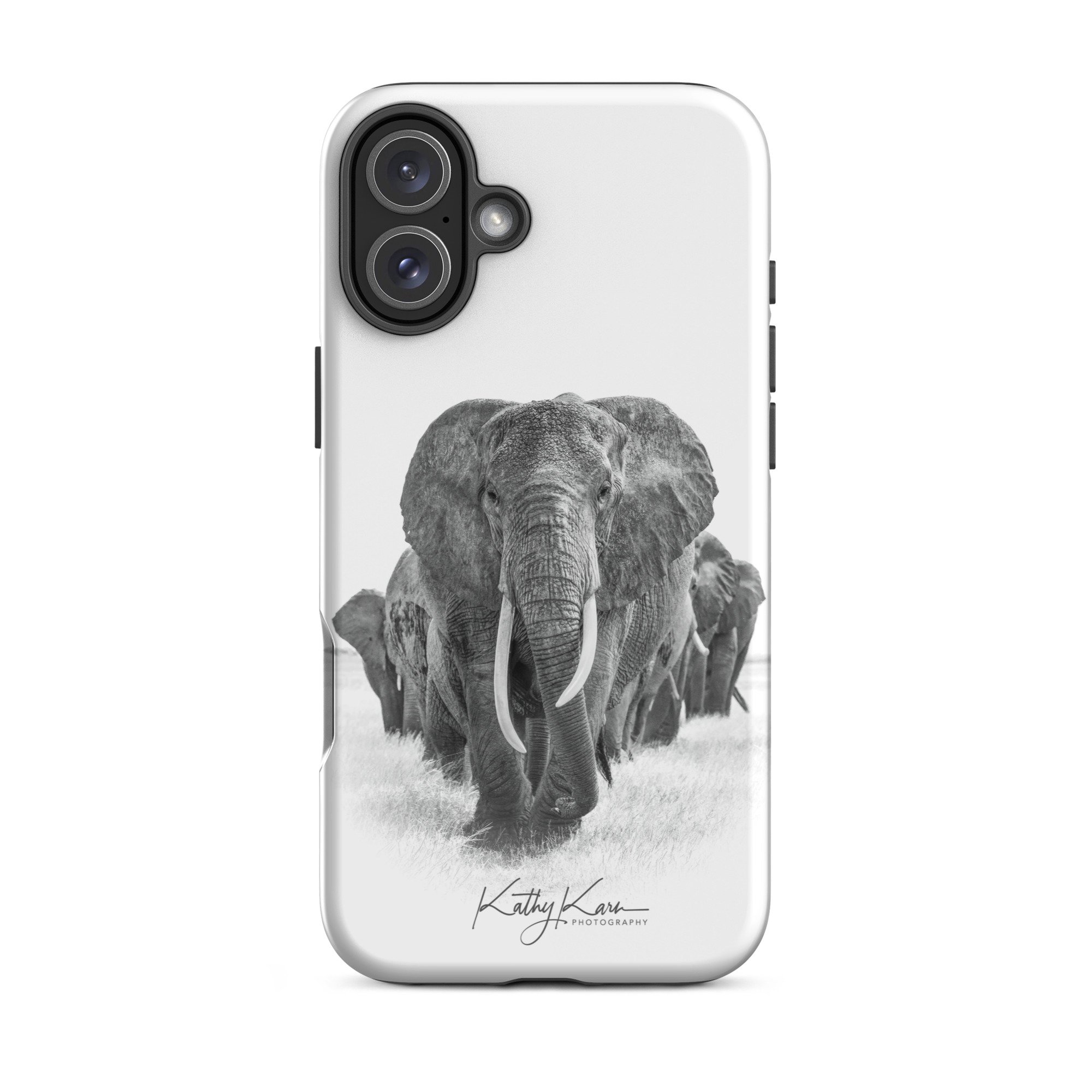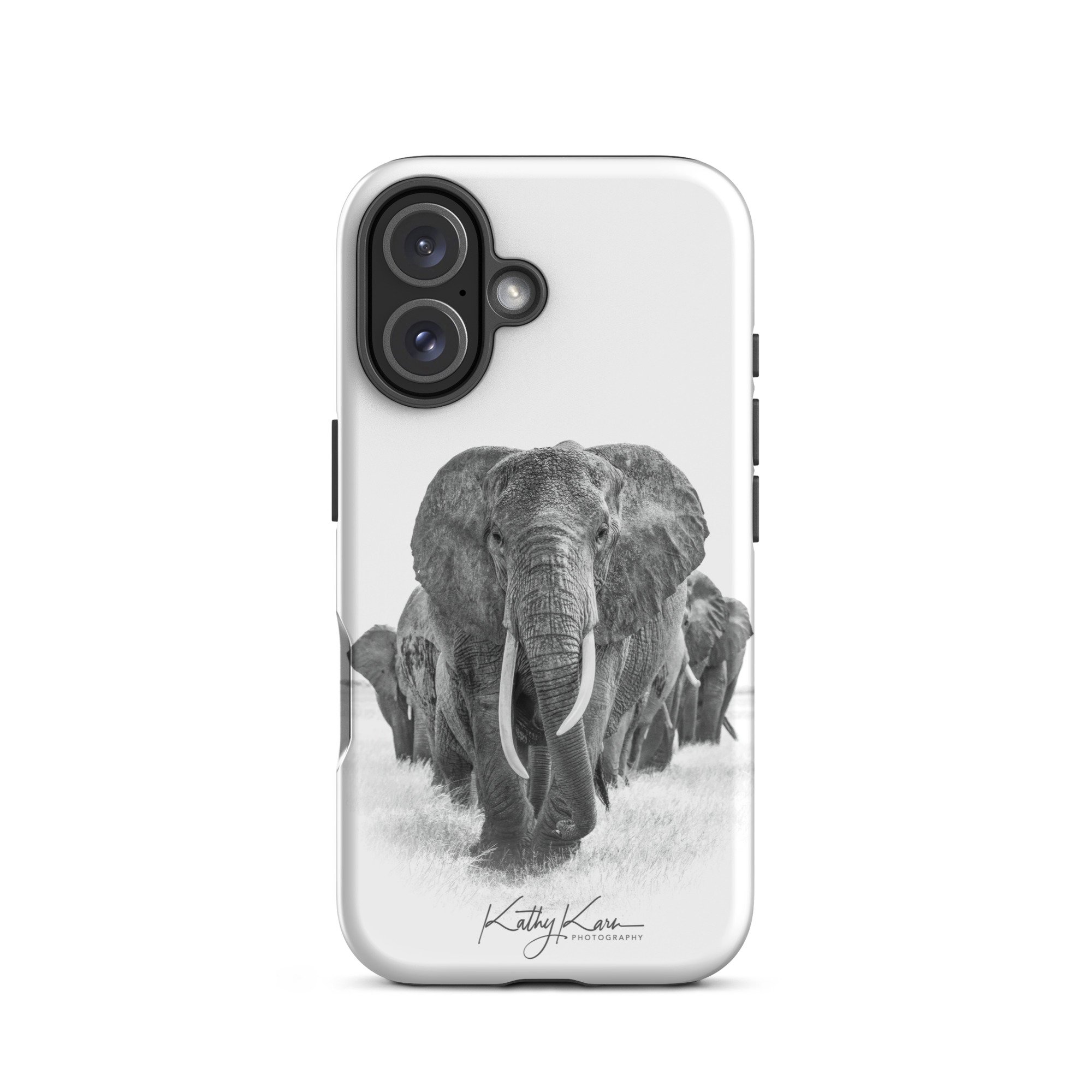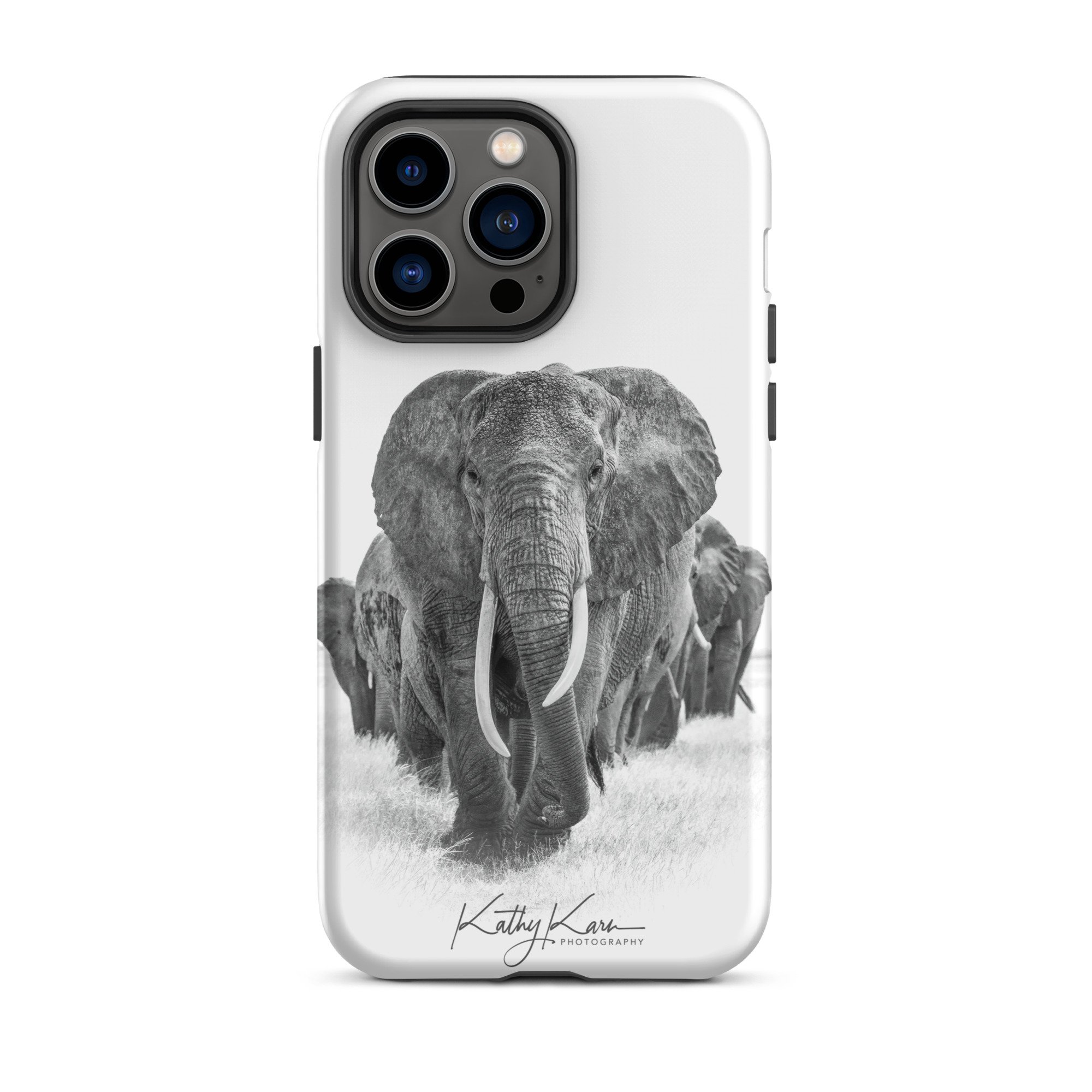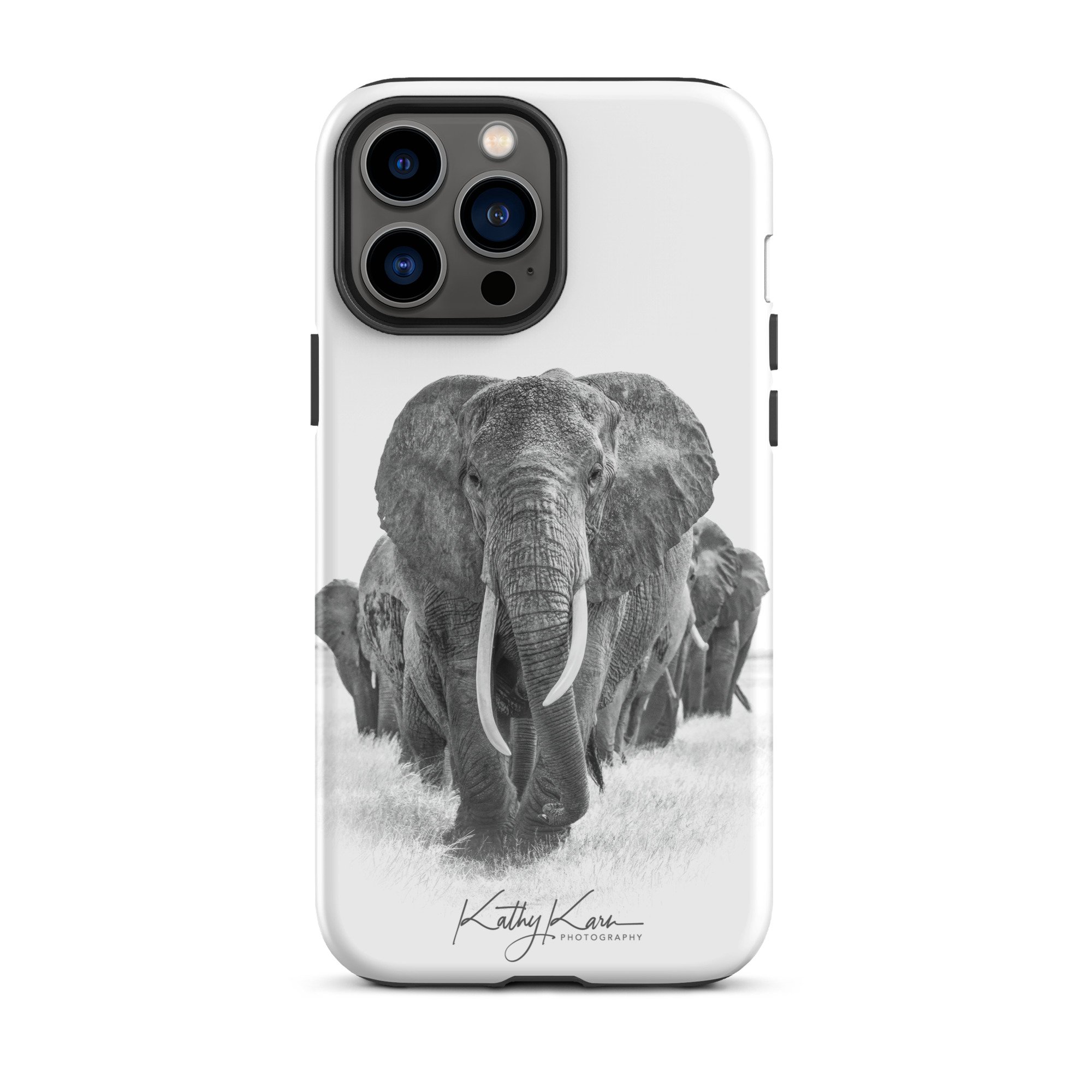Trauma and Healing—A Story of Love and Resilience, Part 1
As I stood in front of the gate to the stockade, a trunk came out through the bars and grabbed my wrist. Startled, I jumped back. There was so much strength in that frantic snatch. The baby elephant flared its ears and shifted its weight back and forth from leg to leg. I was shaken with surprise; it took a minute for my heart to settle. “You’re okay,” I said quietly as I took a breath. “You’ll be okay here. It’s going to be all right. I know you are frightened and wondering where your mum is, where your family is. There are friends here who will take care of you.”
This was my third visit to the David Sheldrick Elephant Orphanage in Nairobi. The first time I visited was in October 2010. I did not know what to expect. Our small group was greeted at the entrance by a guide who escorted us into a dusty open area—where several men in green coats had two huge milk bottles with nipples at their feet. Edwin, the head keeper at the shelter, told us the story of Daphne Sheldrick’s vision, and their 40 years of pioneering conservation work to rescue and rehabilitate orphan elephants and return them to the wild. (You can watch a video I filmed here.) To date they have successfully raised 262 orphans. It is an extraordinary success story that has inspired individuals and conservation groups around the globe.
“We embrace all measures that complement the conservation, preservation and protection of wildlife including anti-poaching, safe guarding the natural environment, enhancing community awareness and providing veterinary assistance to animals in need.”
Orphaned elephants are very hard to raise; they cannot survive on cow’s milk. Daphne Sheldrick was tireless in her efforts to develop a formula that would meet the nutritional needs of the animals so they could survive. She learned the hard way about how to attend to their emotional wounds. The first baby she rescued was so attached to her that when Daphne left the orphan for a few days on business in Nairobi the orphan died of a broken heart. Another separation was simply too much to bear.
Elephants are highly intelligent animals with a social structure and emotional life like humans. Imagine a child who has witnessed its mother being murdered, lost its extended family, its sense of safety and support. Recovering from trauma takes a village. Humans need love, community, and time. As with humans, so with elephants. When Daphne Sheldrick established the elephant orphanage on the edges of Nairobi National Park, she ensured that the keepers, who cared for the young elephant victims were present 24/7. The caregivers rotate their shifts amongst the orphans to ensure that a baby will not become solely attached to one person. The men are devoted to their charges. I asked keeper Amos what inspired him to dedicate his life to caring for these orphans. His answer said it all: “I do it for love.”
In the world of human development, we know a healthy secure attachment in the early years sets the stage for resilience later in life. The same is true for elephants. They are milk dependent and require feedings every three hours for the first three years of life. After two to three years, the orphans graduate to locations in the wilderness where they continue to grow up until they are reintegrated back into the wild. The entire rehabilitation process can take up to eight years.
Caring for these orphans and protecting them in the wild is a very expensive process: $900 a month in the orphanage. One of the ways the DSWT raises funds to support their work is through their Adopt an Elephant Program. For only $50 a year you can adopt an elephant and become part of the global family that cares about saving elephants. Foster parents get monthly updates about their foster baby. the orphanage activities, and the three locations in Kenya where the elephants are reintroduced into the wild.
I have been a foster mother for 10 years and have introduced many people to the joy of becoming a foster parent of an elephant orphan. An artist friend, Jayashree Krishnanan, painted two images from my photos – an orphan elephant and orphan giraffe (DSWT raise other babies that come into their care too). With the proceeds from the sale of her painting she was able to foster Naleku. We have collaborated on a fundraising campaign for DSWT and printed her images on some new products in my online store. All profits from the sale of these items will go to support conservation efforts until August 15th, 2020.






